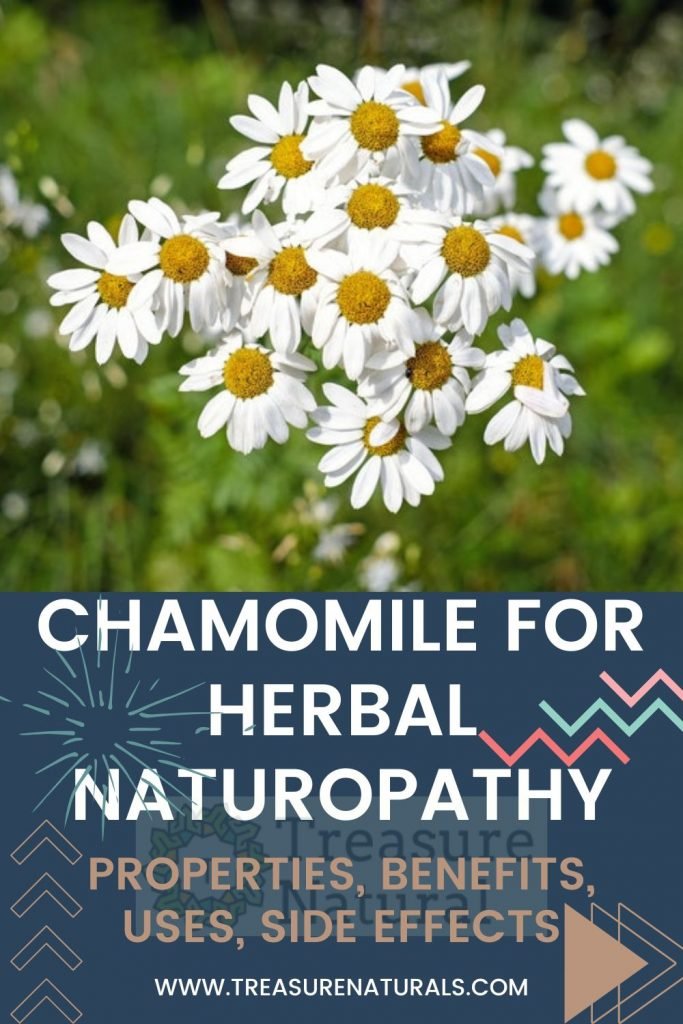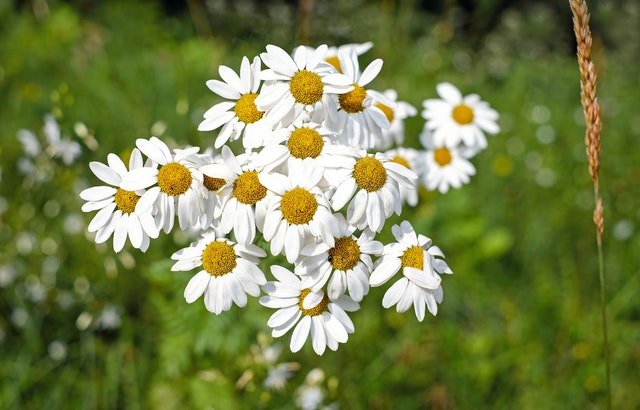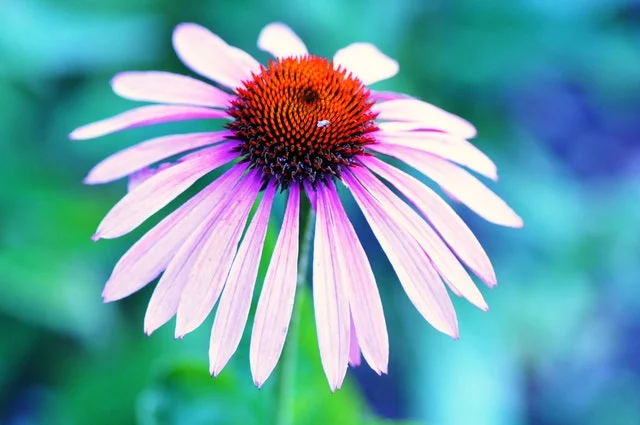
Chamomile is a plant with digestive, spasmolytic and calming properties. Here are all the benefits and how to use it.
Chamomile (Matricaria recutita) is a plant of the Asteraceae family.
Known since ancient times for its spasmolytic and calming properties, it has an action on digestion and agitation.
Properties of chamomile
Common chamomile or vulgar chamomile is a plant that has practically always been used for its beneficial properties.
In particular, chamomile flower heads are attributed properties:
- Anti-inflammatory;
- antispasmodic;
- antioxidant;
- soothing;
- antimicrobial;
- healing.
The properties of chamomile are due to the presence of numerous compounds including an essential oil, flavonoids, coumarins and mucilages represented especially in the flower heads, which represent the drug of this small plant.
Benefits of chamomile
With chamomile flower heads – also called chamomile flower – infusions and extracts are prepared used above all for the beneficial effects on the gastrointestinal and nervous system.
In reality, the plant does not have hypnoinducing active ingredients, like most medicinal herbs that are used against insomnia, but it mainly has antispasmodic action, that is, it is able to promote muscle relaxation.
This action makes chamomile an excellent muscle relaxant, useful in case of intestinal cramps caused by digestive problems, as well as when suffering from menstrual pain or pain given by tension and muscle spasms.
Chamomile also brings benefits in case of inflammation of the skin and mucous membranes, thanks to the anti-inflammatory and protective action of flavonoids, mucilages and the components of its essentialoil (chamazulene and alpha-bisabolol).
What is chamomile used for
Using chamomile can be very useful in case of:
- Colic;
- excess gas in the intestine;
- headache;
- anxiety and insomnia;
- menstrual pain;
- menopausal disorders;
- mood disorders;
- skin inflammation;
- dermatitis;
- itch;
- skin redness;
- wounds and ulcers
- conjunctivitis
- gingivitis, stomatitis, canker sores;
- urogenital inflammations.
Uses of chamomile
1. Internal use
Infusion
The infusion of chamomile is prepared by infusing a tablespoon of chamomile flower heads in a cup of boiling water for about five minutes.
You drink three or four cups a day away from your main meals.
Extract
On the market there are dry extracts and chamomile fluids titrated in apigenin to be taken according to the manufacturer’s indications.
Mother tincture
30 drops of mother tincture of chamomile diluted in water are used, three times a day.
2. External use
Externally, the infusion is used up to 10% for compresses in case of irritation of the skin, mucous membranes and eyes and 20% for rinses useful for lightening blond hair.
Wraps
They are prepared with sterile gauze tablets soaked in infusion, they are excellent for tired, red eyes, or in the presence of conjunctivitis, to purify the skin and to heal wounds.
Gargling and rinsing
They are made with the infusion of chamomile help in inflammation of the mouth, throat and gums.
Contraindications of chamomile
The intake and use of chamomile is also considered safe on children, pregnant and lactating women and the elderly.
The use of preparations containing chamomile is not recommended in people allergic to Astaraceae.
Contact with the fresh plant can also cause skin reactions due to the presence of sesquiterpene lactones.
What happens if you drink too much chamomile?
The useat high dosages or prolonged over time of chamomile infusions can lead to a reduction in iron absorption and, in sensitive subjects, can provoke agitation, insomnia and nausea.
Description of the plant
The chamomile plant is an aromatic plant with a bushy habit that generally does not exceed 50 centimeters in spontaneous forms, while in cultivated varieties it can reach 80 centimeters. It has more stems starting from the base, more or less branched in the upper portion, and a taproot root.
The leaves are alternate and sessile, oblong, with bipinnatosetta or tripennatosetta foil. The chamomile flowers, pleasantly perfumed, are gathered in flower heads with a diameter of 1-2 cm, gathered in corymbose tops and composed of white and ligulate external flowers and tubulous and yellow internal flowers. The fruit is an achene about 1 mm long, light in color and free of pappus.
Habitat of chamomile
Widespread in Europe and Asia, it is naturalized in various continents. It grows spontaneously in the meadows and in the open countryside within 800 meters above sea level and often becomes intrusive behaving like a weed of agricultural crops. It is a rustic species that adapts even to poor and acidic soils.
Background

The name comes from the Greek chamàimēlon word formed by chamài “of the ground” and mēlon, “apple” for the smell that resembles that of the dwarf apple; this derivation is preserved in the Spanish name “manzanilla“, from manzana, which means “apple”.
The name of the genus, Matricaria, comes from the Latin matrix, which means “uterus“, with reference to the calming power in menstrual pains.






